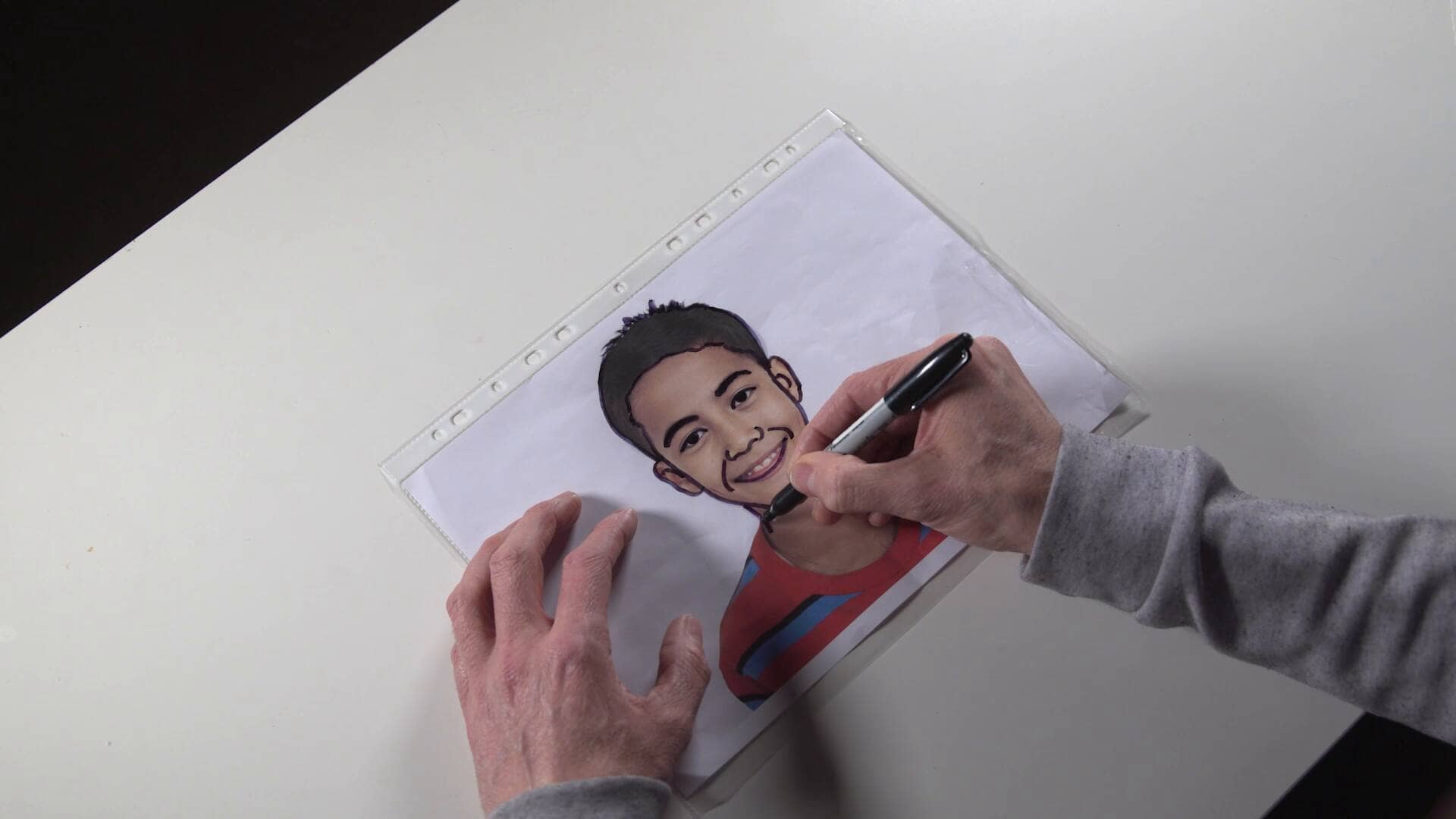
This archived Art and Design scheme of work video is part of a lesson in which pupils transform photographs into portraits inspired by British artist Julian Opie.
Children begin by tracing around a photograph placed inside a plastic wallet. Using only their fingers to guide them, they identify where Opie would use strong, simple lines and trace along these shapes. With marker pens, pupils outline features, reducing them to the distinctive dots and lines of Opie’s style. Once complete, the photograph is removed and replaced with white or coloured paper, creating a bold Opie-style portrait. More confident pupils may extend their work by adding blocks of colour with paints, pens or cut paper. Through this activity, children learn how artists simplify and stylise features to create a unique visual language.
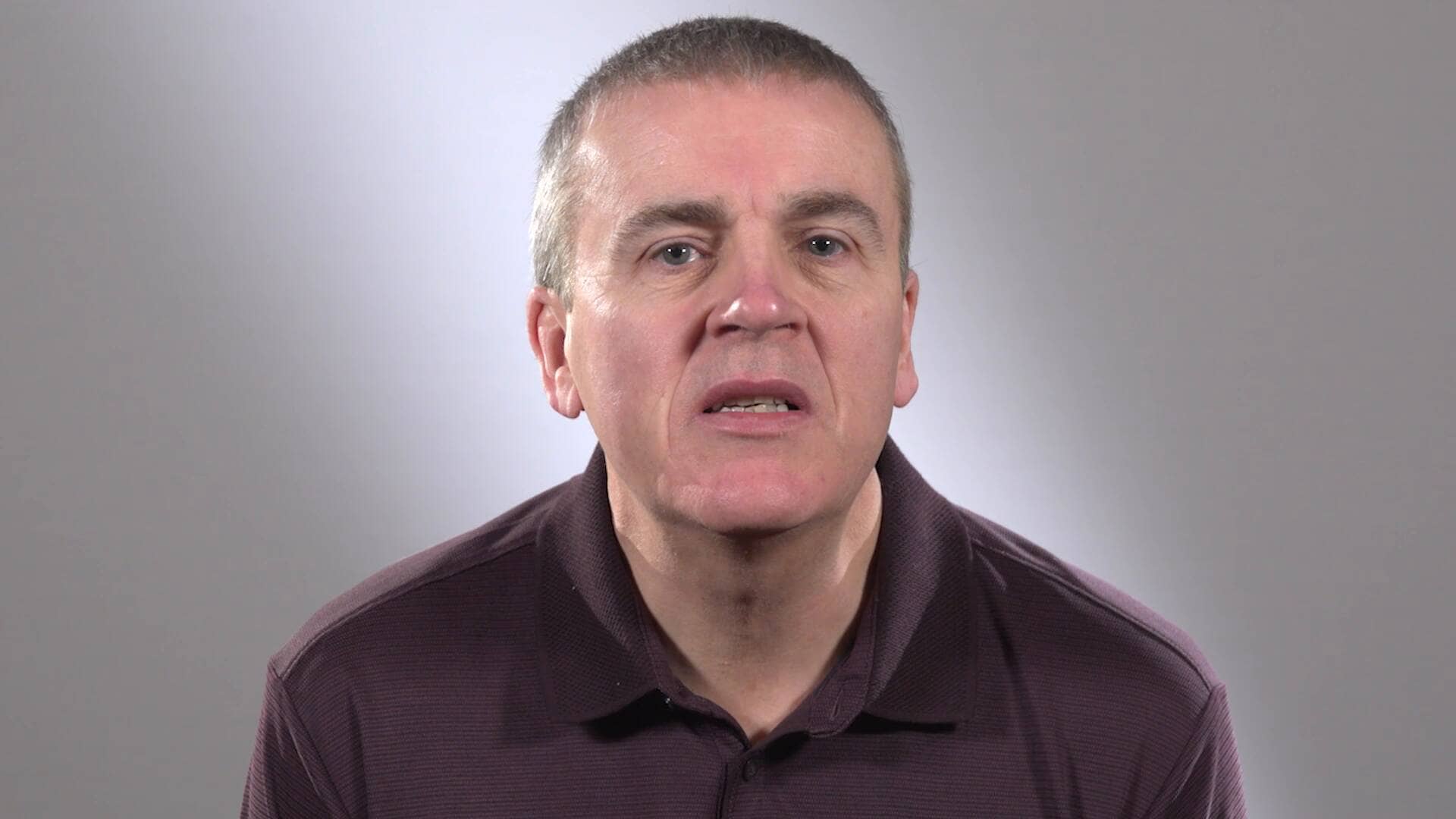
This archived Art and Design scheme of work video is part of a lesson in which pupils create peg figures, combining craft skills with imagination and storytelling.
Children begin by making a figure from a wooden peg and pipe cleaner, twisting the arms into place and adding details such as hands, hair, or facial features. They can draw directly onto the peg or use paper, string, wool, or fabric to decorate. Pupils then personalise their figures by designing clothes and accessories, using markers, fabric, paint, or glue.
To extend the activity, children can create a setting for their peg figures using everyday materials, before writing a short paragraph to describe their character or scene. This lesson develops fine motor skills and encourages pupils to express creativity through both art and narrative.
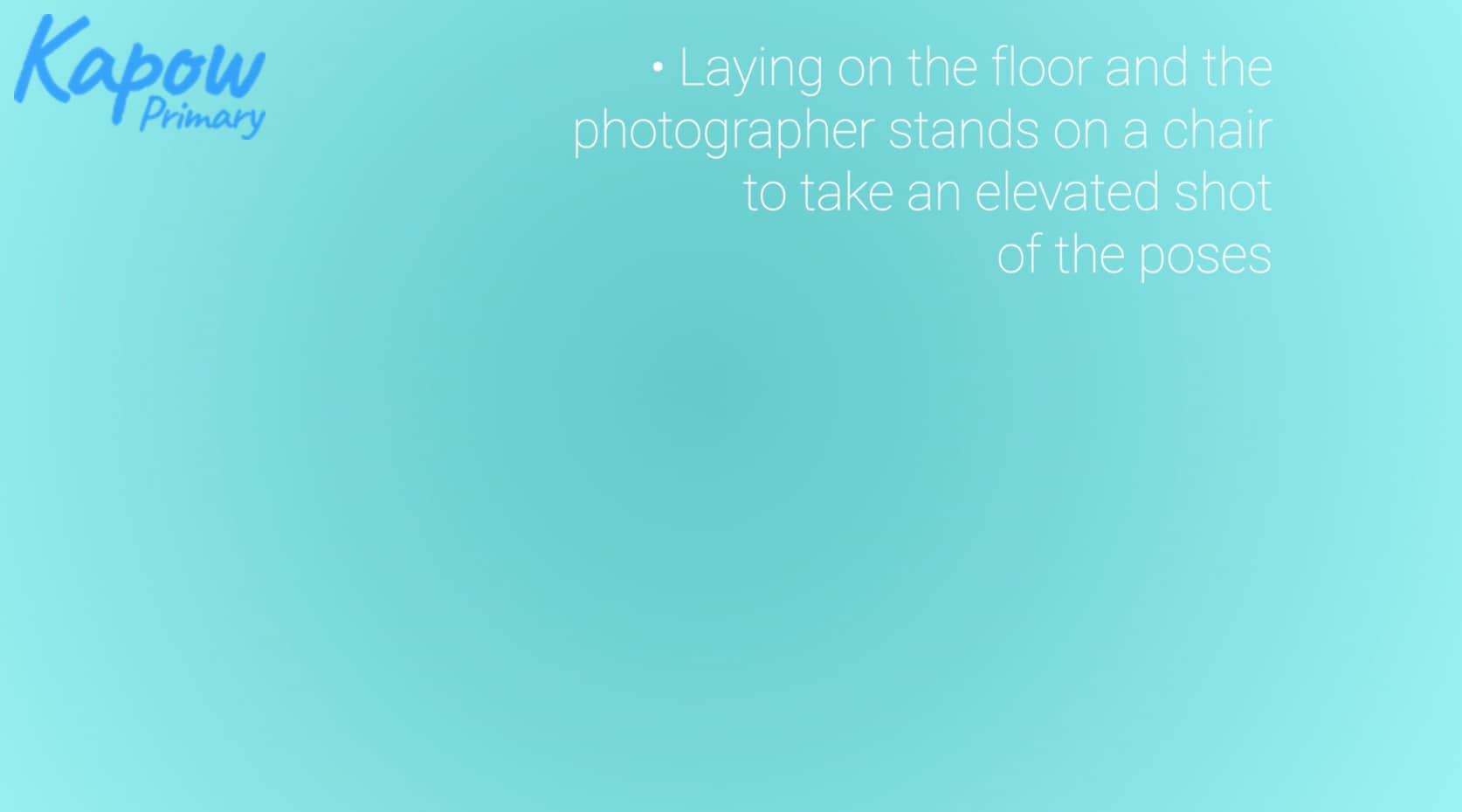
This Art and design scheme of work video introduces teachers to a lesson on the human form, where Key stage 2 pupils work collaboratively to create a human alphabet.

This Religion and Worldviews video introduces teachers to Jatakarma and Namakarana, Hindu ceremonies that welcome a newborn through sacred words, symbolic acts and naming rituals expressing beliefs about life, spirituality and heritage.

This video supports teachers in understanding infant baptism, a Christian ceremony that welcomes a baby into the church through symbols of water, prayers and the baptismal candle.
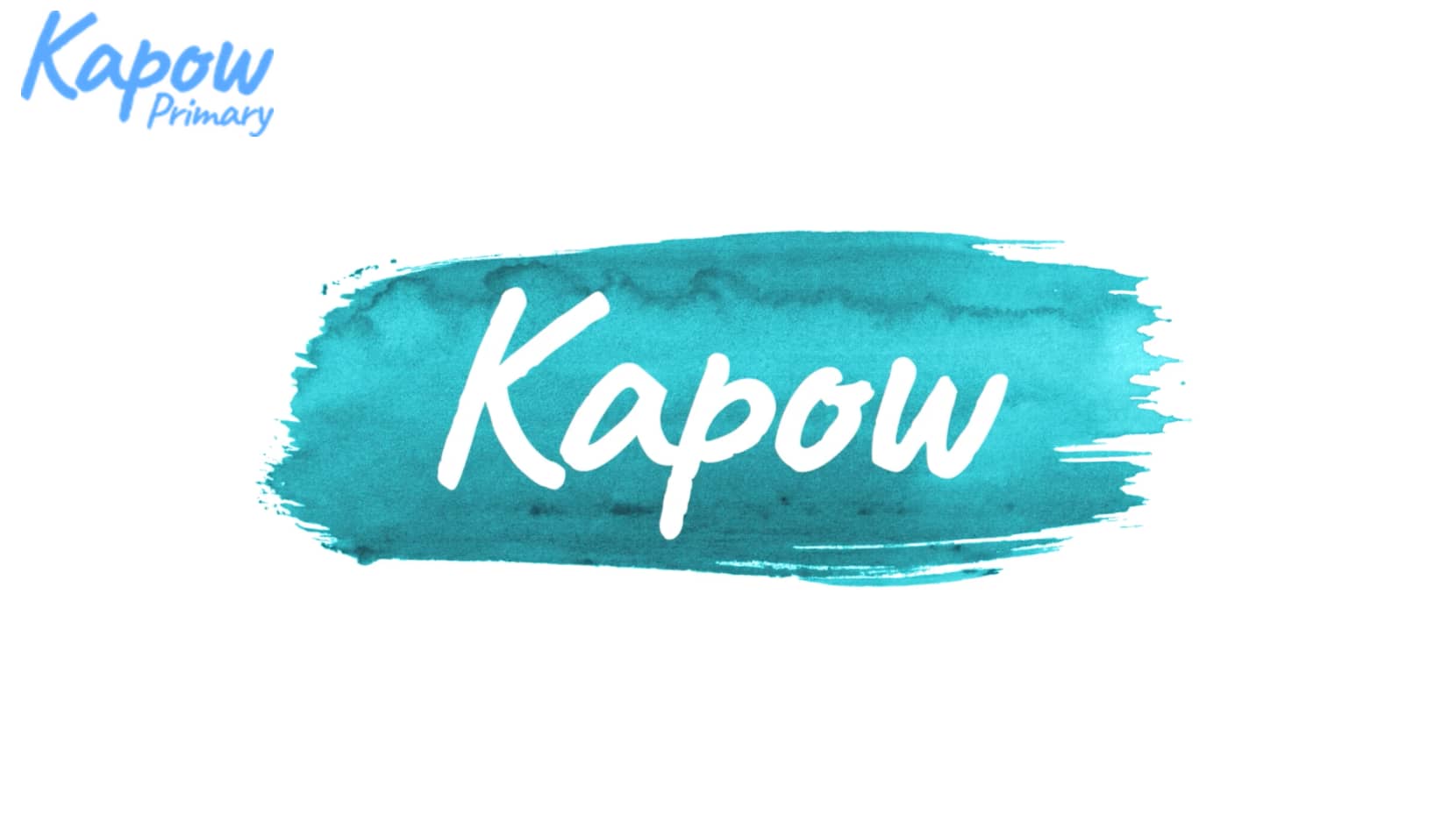
This Art and design scheme of work video introduces teachers to a lesson inspired by Roy Lichtenstein’s pop art, where Key stage 2 pupils experiment with colour mixing, washes, and dot techniques.

This archived Art and design scheme of work video introduces teachers to the final stage of a large collaborative artwork, where Key stage 1 pupils use pastels to add colour, tone, and definition.
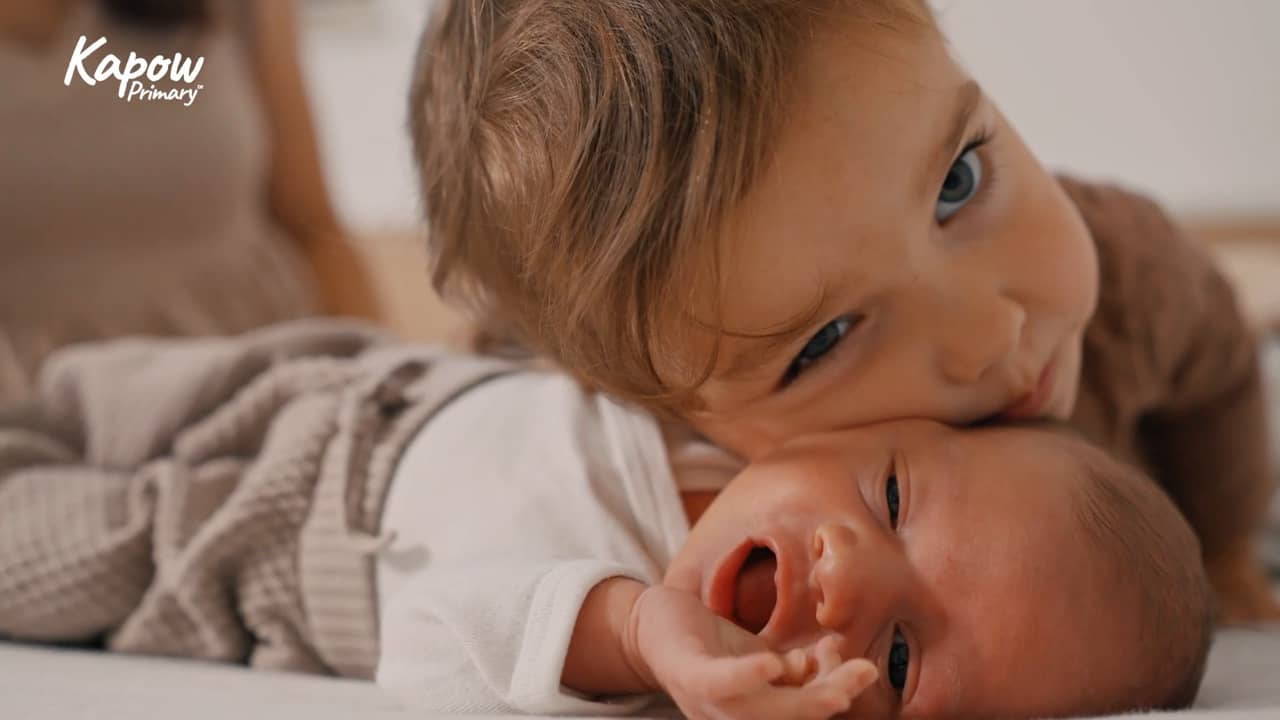
In this Religion and Worldviews video, children learn how Humanist families celebrate the arrival of a baby through poems, promises or symbolic acts, focusing on love, support and the joy of new life.
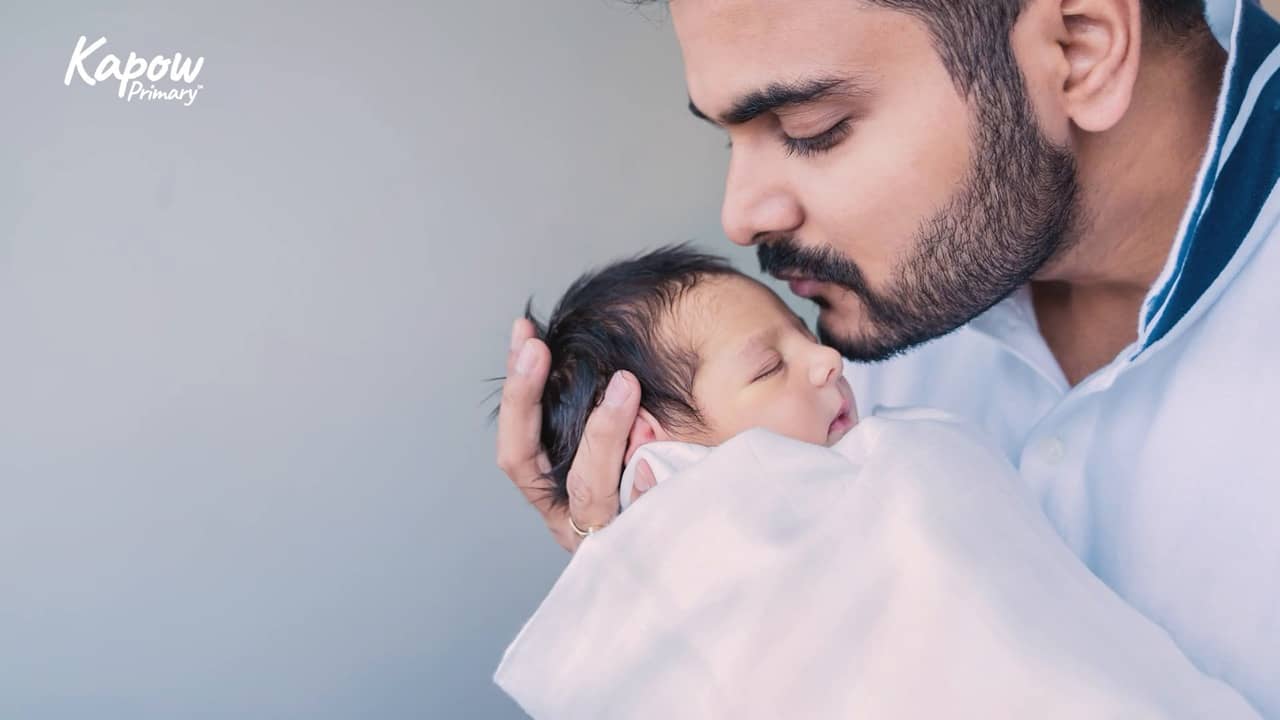
In this Religion and Worldviews video, children learn about Namakarana, a Hindu naming ceremony that welcomes a baby into the family and community through names, rituals and celebration.








